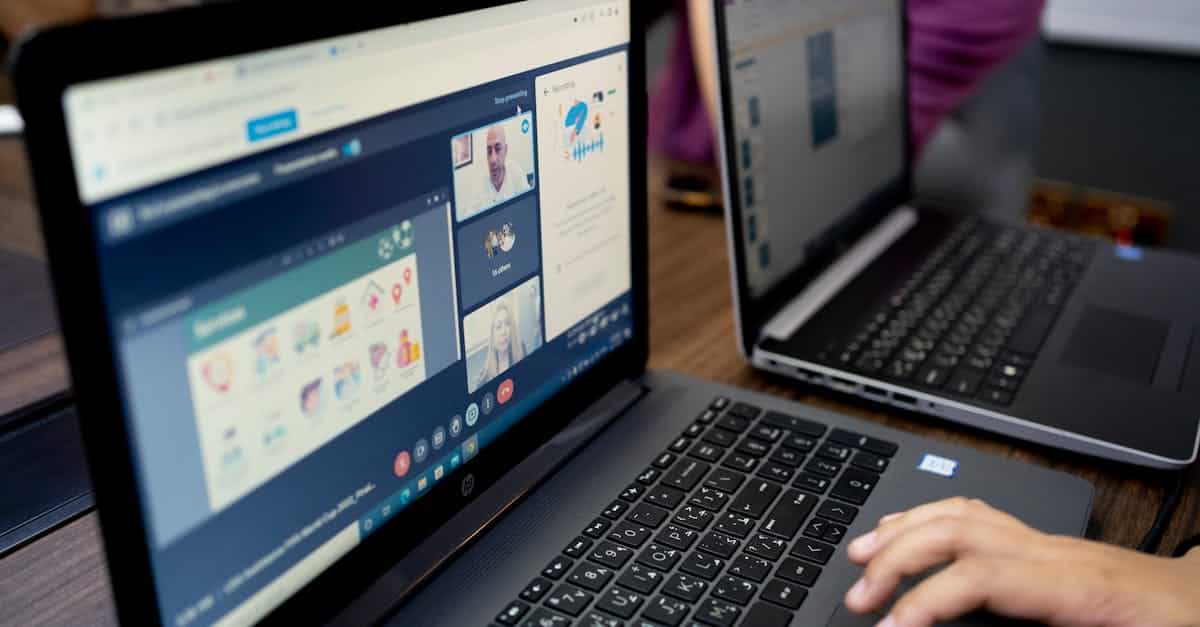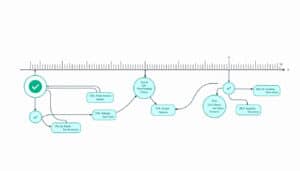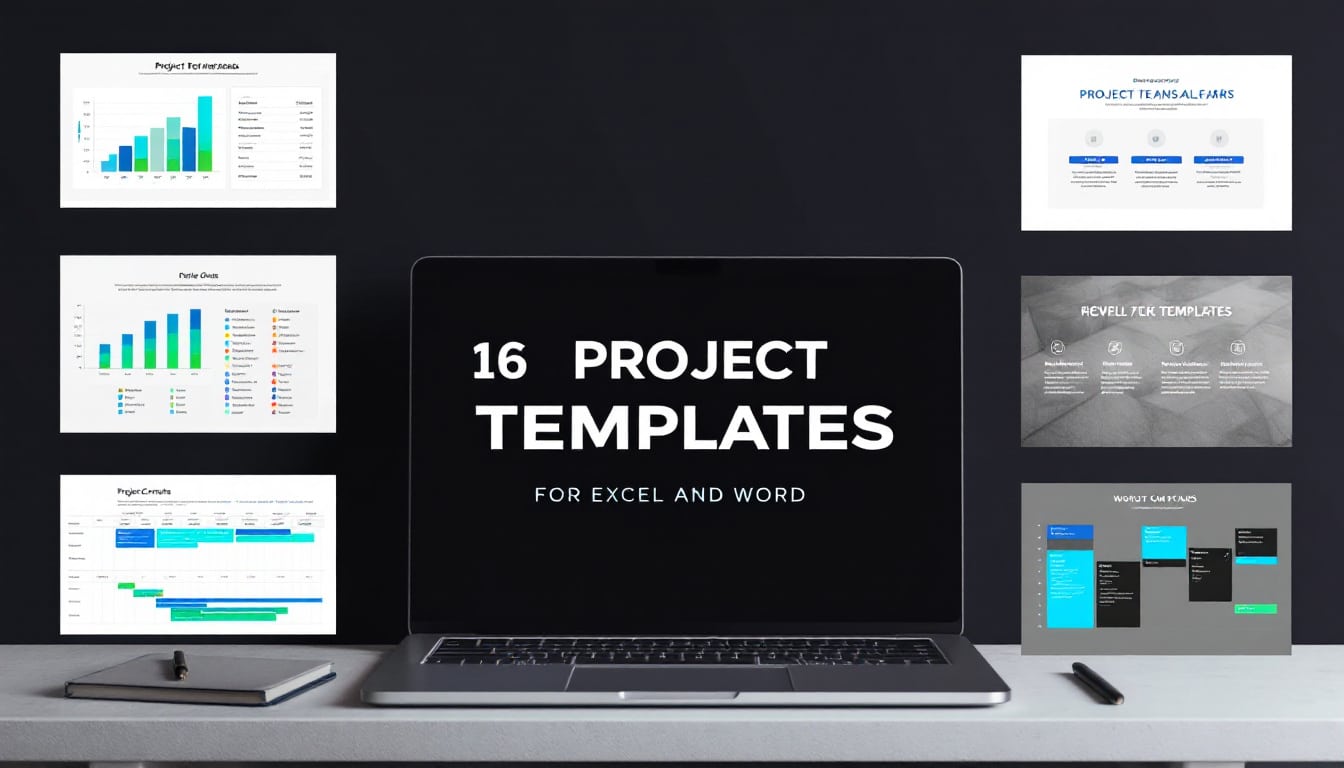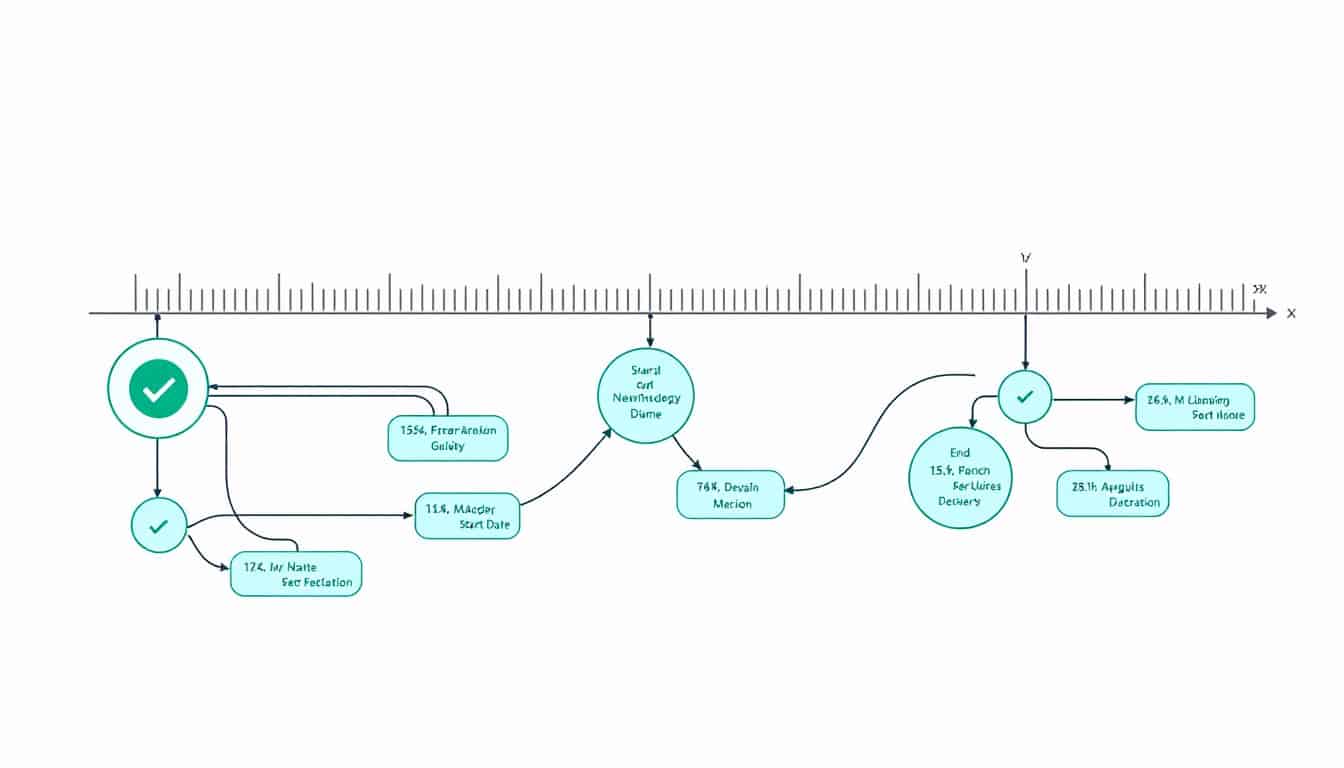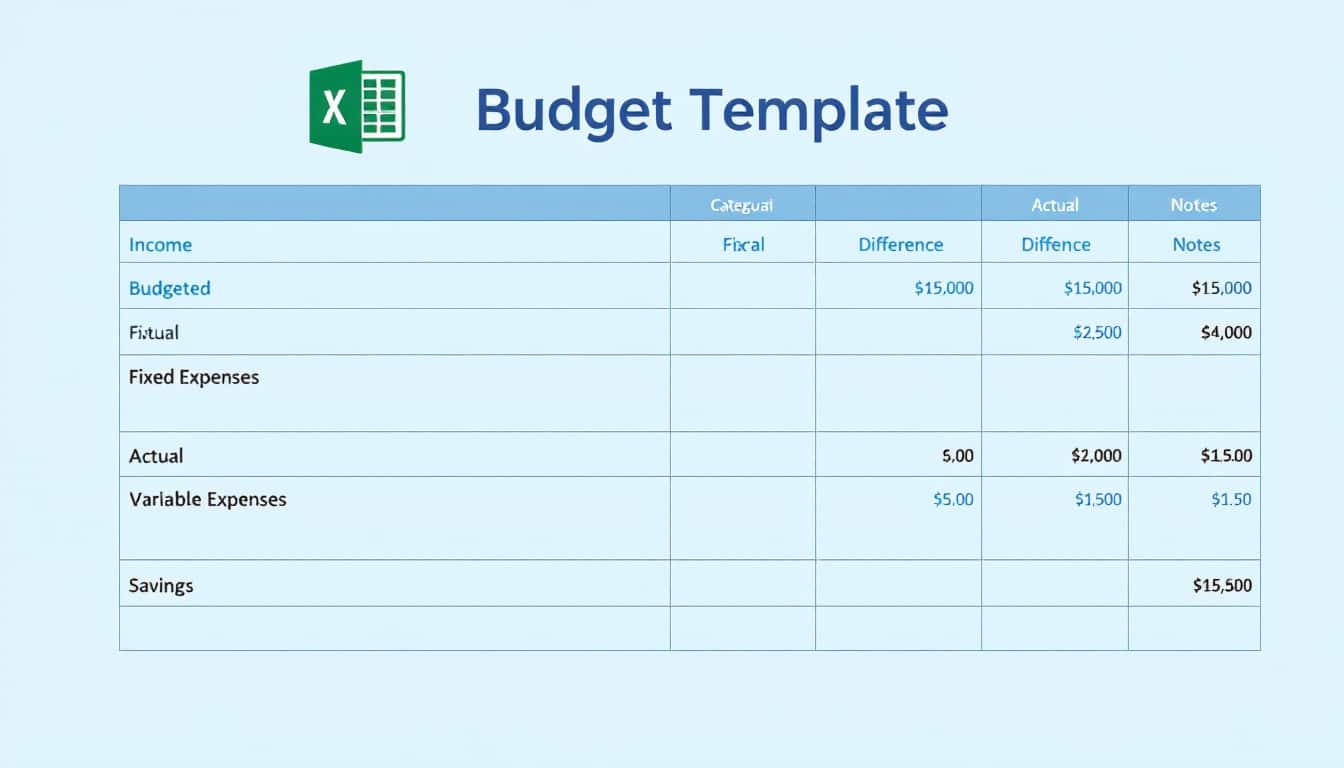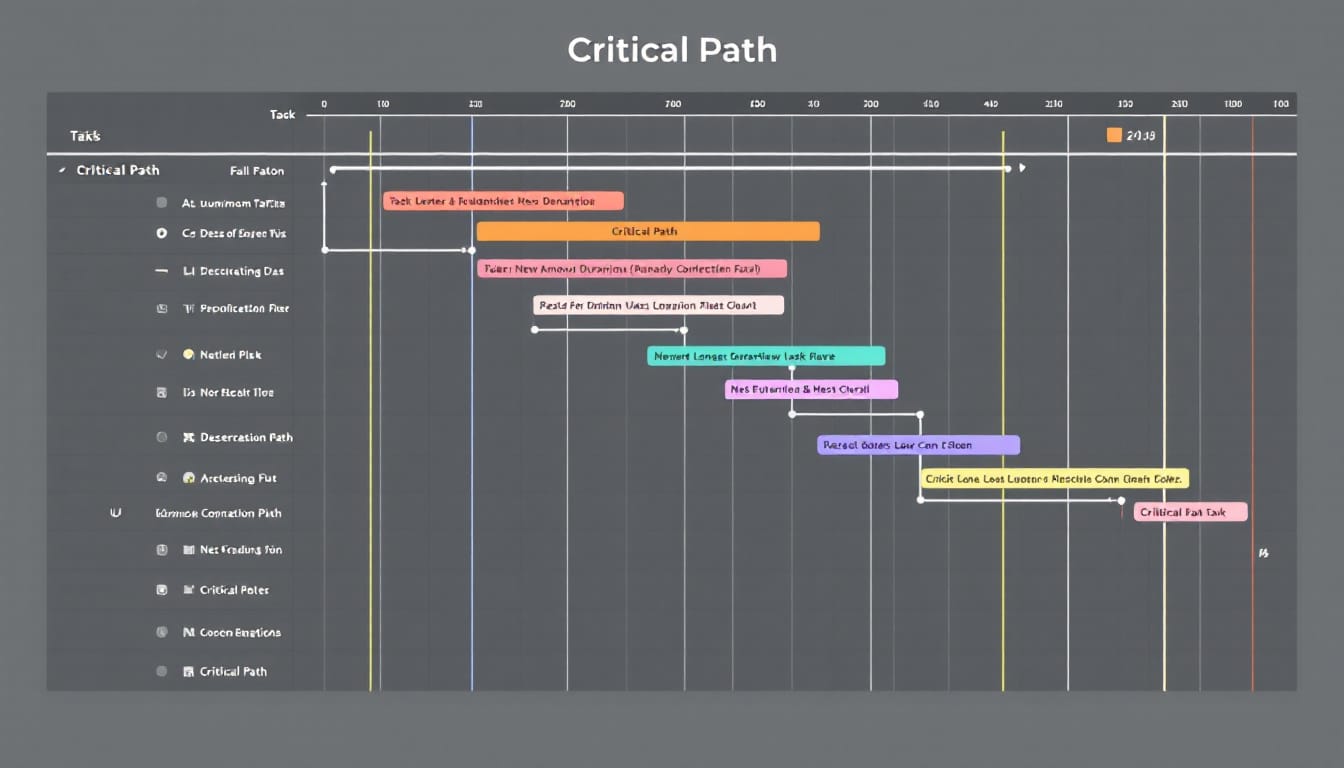The collaborative tools transform the way we manage our projects, bringing innovative solutions to facilitate exchanges and optimize teamwork. By breaking down tasks and assigning them effectively, these tools not only allow us to structure projects but also to centralize information, thereby improving visibility and efficiency. Teams benefit from a smoother and more transparent work environment, fostering a heightened creativity and increased engagement from collaborators. Due to their ability to adapt workflows to unforeseen circumstances, these resources prove essential for project management that meets everyone’s needs.
🔥 Nous recommandons Ideamap
Ideamap est l’outil idéal pour un brainstorming ou un projet collaboratif. Grâce son interface facile et à ses fonctions IA, Ideamap booste votre créativité tout en favorisant une meilleure organisation de vos idées pour atteindre vos objectifs.
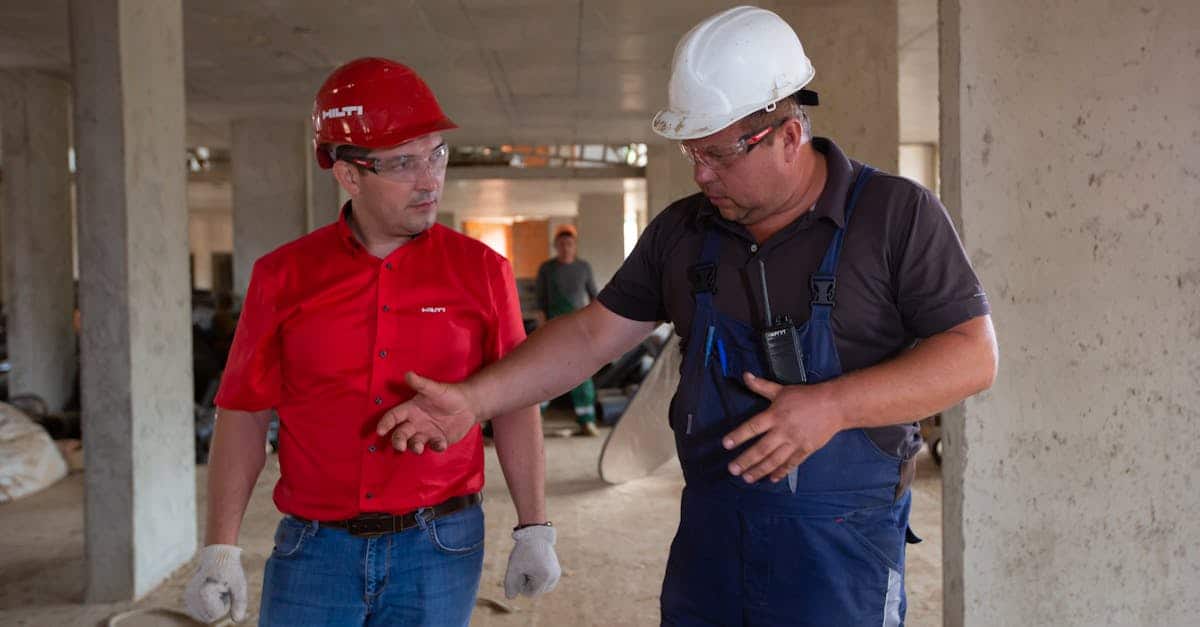
In a world where speed and efficiency are essential, the use of collaborative tools has become indispensable for project management. These tools allow various stakeholders to come together around a common project, thereby facilitating the organization and coordination of tasks. By centralizing information and optimizing workflow, they help structure projects to turn ideas into concrete actions.
One of the main advantages of collaborative tools is their ability to improve team productivity. By dividing a project into specific tasks and assigning them to different members, each person can focus on what they do best. This reduces decision-making time and helps avoid duplication of efforts. Furthermore, these tools provide a smooth communication platform that prevents misunderstandings, allowing teams to concentrate on their objectives.
Another undeniable aspect of these tools is their contribution to transparency. Each team member can see the progress of tasks and the contributions of others. This fosters a culture of trust and a sense of collective responsibility. Project tracking is also facilitated: thanks to data centralization, it is possible to evaluate the progress status in real-time, detect potential delays, and adjust resources if necessary.
Collaborative tools are also a true catalyst for creativity. By facilitating the sharing of ideas and the exchange of information, they foster an environment where every member can contribute. This is particularly beneficial during ideation phases where engagement and participation from all stakeholders are crucial. With features such as online brainstorming or collaborative whiteboards, inspiration can emerge collaboratively, leading to innovative solutions that are often unexpected.
In terms of flexibility, collaborative tools adapt to the varied needs of modern teams. Whether managing projects in person, remotely, or in a hybrid model, these tools ensure that collaboration remains continuous and effective. They also enable proactive management of unforeseen events by offering quick alternatives to reallocate resources or adjust deadlines if necessary.
Moreover, these tools play a key role in stakeholder management. By making information accessible to everyone, they facilitate the engagement of various stakeholders, whether they are internal or external to the organization. This includes clients, partners, and suppliers, all essential to a project’s success. Integrating these diverse viewpoints further enhances the adaptability and relevance of the solutions developed.
Finally, the impact of collaborative tools on project management would not be complete without mentioning their contribution to innovation. By keeping teams connected and engaged, these tools create an environment conducive to exploring new ideas and developing innovative concepts. They thus support not only operational efficiency but also a culture of continuous innovation within the company, an indispensable asset for standing out in a competitive market.



